
You may not instantly recognise the name Reynhard Sinaga, but he’s one of Britain’s most prolific and dangerous criminals.
His catalogue of horrific and disturbing offences became public knowledge in 2018, after he was convicted with 159 sex offences, including over 139 counts of rape – with his victims mostly heterosexual men.
The country was in shock that someone who offended at this level could have gotten away with it for so long completely undetected.
Advert
Now, BBC Two’s new documentary, Catching A Predator, looks in detail at Sinaga’s crimes, the thorough investigation the Greater Manchester Police conducted to put Sinaga behind bars, and how they desperately fought to bring a semblance of justice to his victims.
Who is Reynhard Sinaga?

Sinaga was an international student, originally from Indonesia who had moved to the UK in 2007 to complete his Master’s degree from the University of Manchester. He was studying for a PhD at the University of Leeds when he was arrested.
Advert
From a wealthy and privileged background, Sinaga lived in Manchester city centre, in walking distance from various nightclubs, bars and venues.
Sinaga used the nearby proximity of his flat to lure victims in. With his slight build and outwardly friendly demeanour, he would offer those looking to order a taxi or eating food out on the street somewhere warm to sit, with many accepting. Sinaga’s student status was another guise which helped others to trust him, as many of his victims were also students.
How did Reynhard Sinaga operate?
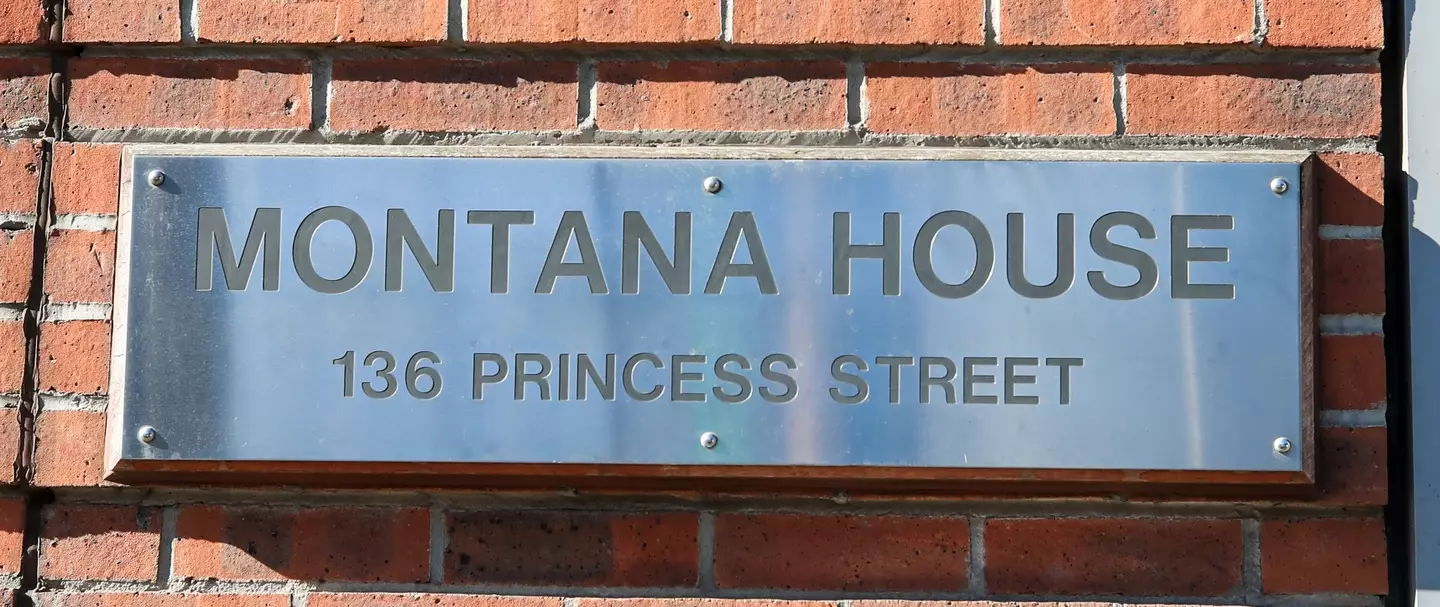
Once he had lured his victims into his flat, Sinaga would offer them a drink, which police now suspect that he would have spiked with GHB – a clear, tasteless liquid which causes drowsiness, sleep and memory loss.
Advert
Sinaga would then engage the victim in conversation to assess their level of consciousness, and when it was clear they were no longer responding, he would begin his assaults.
He would rape and assault his victims, sometimes on multiple occasions, while they were unconscious, and would film these encounters. He often took photos of his victims, even going as far as taking selfies next to his victims in bed.
Sinaga would also take his victims’ passports and ID cards as “trophies” of his attacks.
When his victims would come round, they often were unaware that they had been attacked, and would just believe they had ‘passed out’ and suffering with memory loss.
How was Reynhard Sinaga caught?
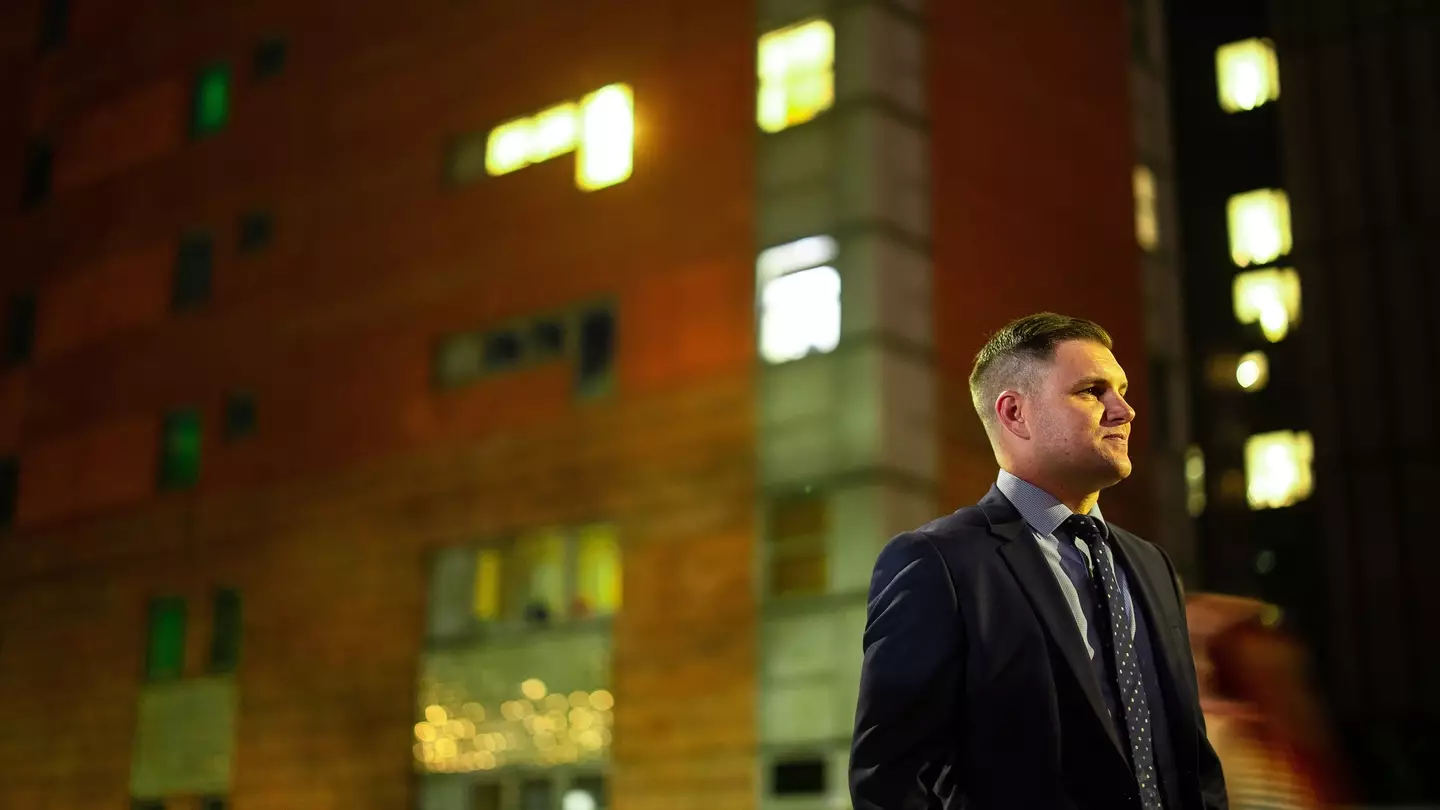
It was almost by chance that the police managed to apprehend Sinaga.
Advert
In the summer of 2017, the Greater Manchester emergency services received a phone call from a young man who had claimed to have been spiked and raped by another man after a night out. As he tried to escape the flat, the caller said he attacked the man, and had left him lying in a pool of blood.
Police originally arrested the young man making the allegations on suspicion of grievous bodily harm, with the other man being rushed to hospital.
But it quickly transpired that something wasn’t quite right.
“I rang the infirmary to check on his condition, and they said the man had been asking a lot about his phone,” explains DI Matt Gregory, the first detective to arrive at the scene.
Advert
“We located the phone, and the next day I visited the flat occupant in hospital I asked him for the pin number. At that point, he made attempts to get his phone off me, but as he was in a hospital bed, he had no other choice than to give me his passcode.
“The last three thumbnails on the photo app were videos. I watched about five seconds and that showed a male with his trousers pulled down while another male entered the frame and approached the man. I recognised that person as the person in front of me.”
This is the first time police had been made aware of Sinaga and his actions.
How did the police build a case against Reynhard Sinaga?
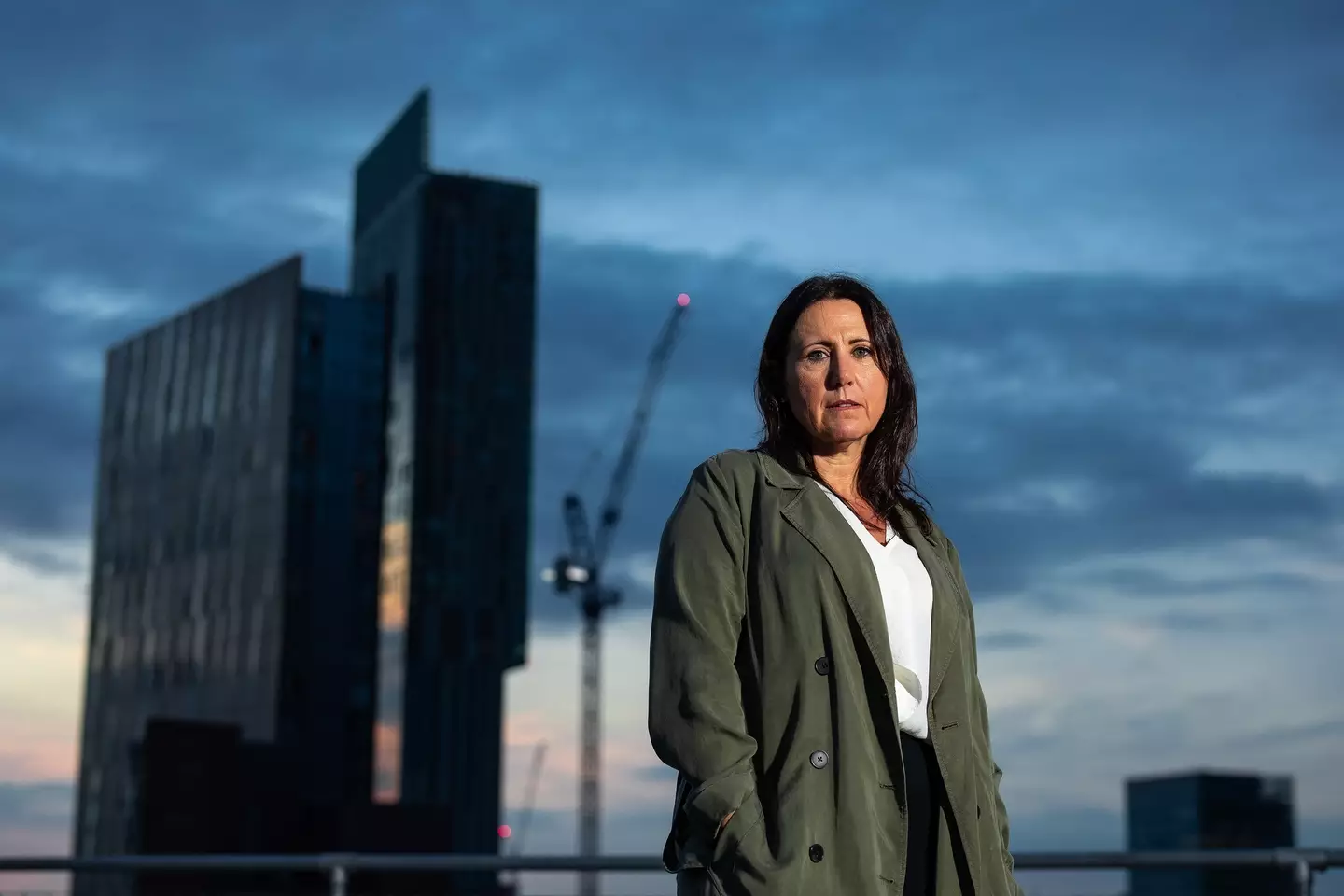
Detective Constable Dorothy Orr was left aghast at just how much the police were able to find at Sinaga’s flat, saying she’d never seen anything like it in her 30 year career in the police service.
“It was clear we’d unearthed something that was going to mushroom and grow,” she said.
“We had quite a vast amount of material that had come in from the flat. We had cameras, memory cards, we had a large quantity of mobile phones, laptops, hard drives.”
The police were reported to find three terabytes of digital video evidence that Sinaga had stored.
For comparison, DCI Zaheer Ali complains that one terabytes is the equivalent of “250,000 photographs, or 250 DVDs.”
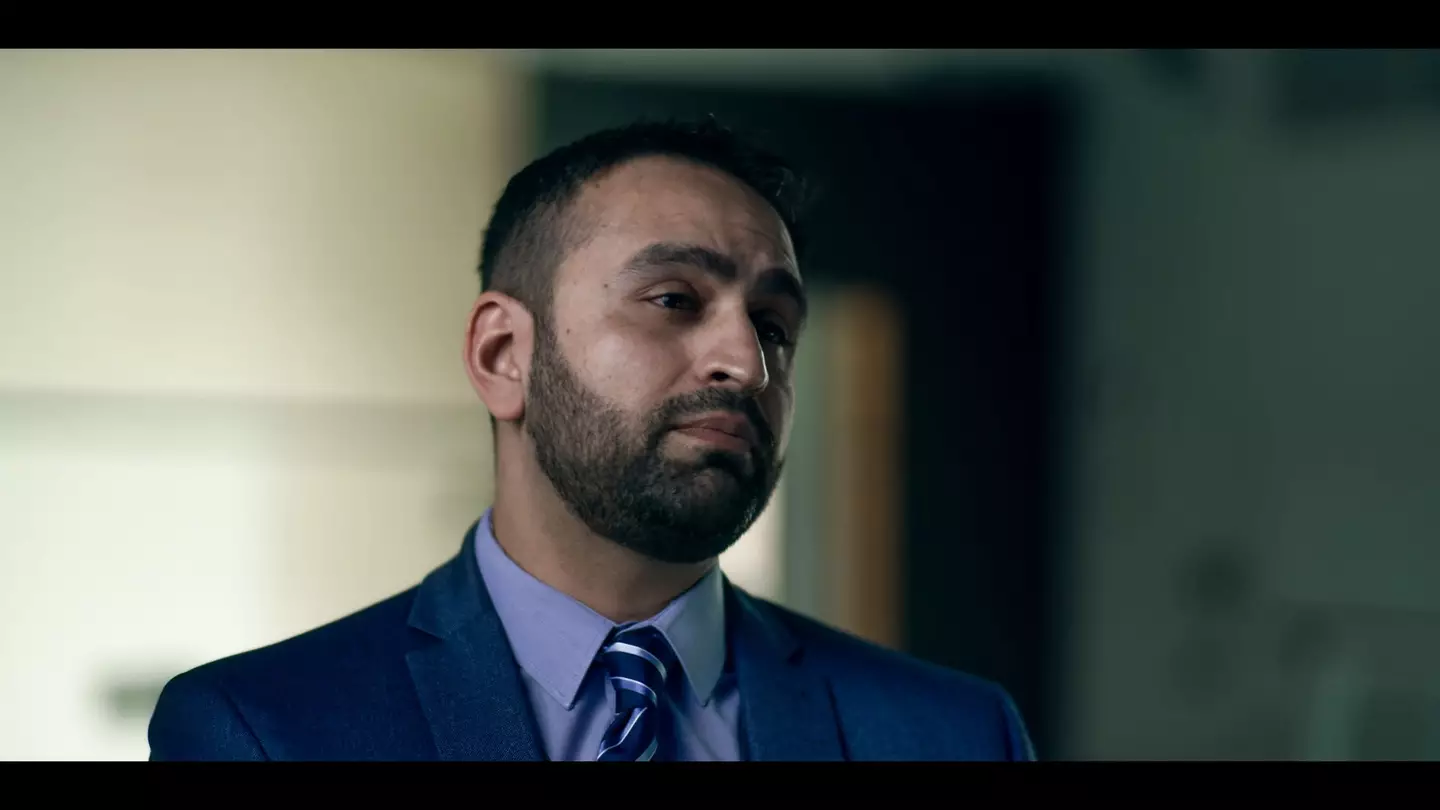
As they surveyed the digital footage in Sinaga’s flat, one officer told DC Dorothy Orr that she had seen at least “five or ten” different victims – and that was just all on one phone.
By day four of the investigation, Greater Manchester Police had found 16 confirmed victims – and the number just grew and grew. By day 22, they had 83 victims.
It was traumatising for officers, even those experienced in the Sexual Assault Unit, to see videos of victim after victim being sexually assaulted.
Because of the nature of the attacks, several of the victims weren’t even aware they had been sexually assaulted, meaning that once police were certain they could entirely identify a victim, they often had the difficult job of telling them they had been raped.
“You have to tell them that somebody has raped them,” an emotional DC Dorothy Orr explains. “Chances are, their life won’t be the same again.”
Daniel did not realise he was a victim until he was approached by the police and is shown the photos.
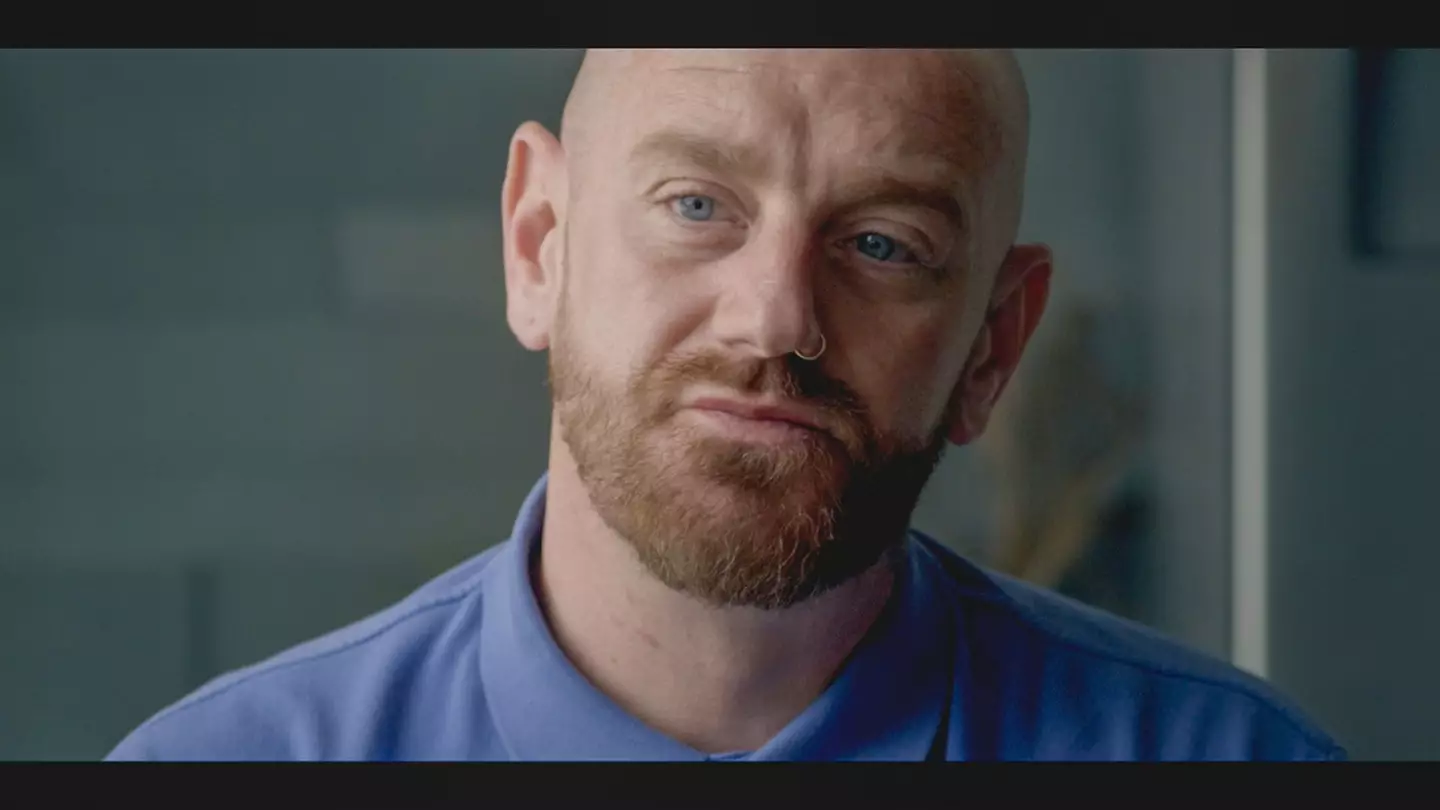
“To say as a man I have been raped is a hard thing. It makes you feel so vulnerable.”
After 58 days of investigation, Greater Manchester Police had 112 confirmed victims of Sinaga.
Did Reyhnard Sinaga go to prison?
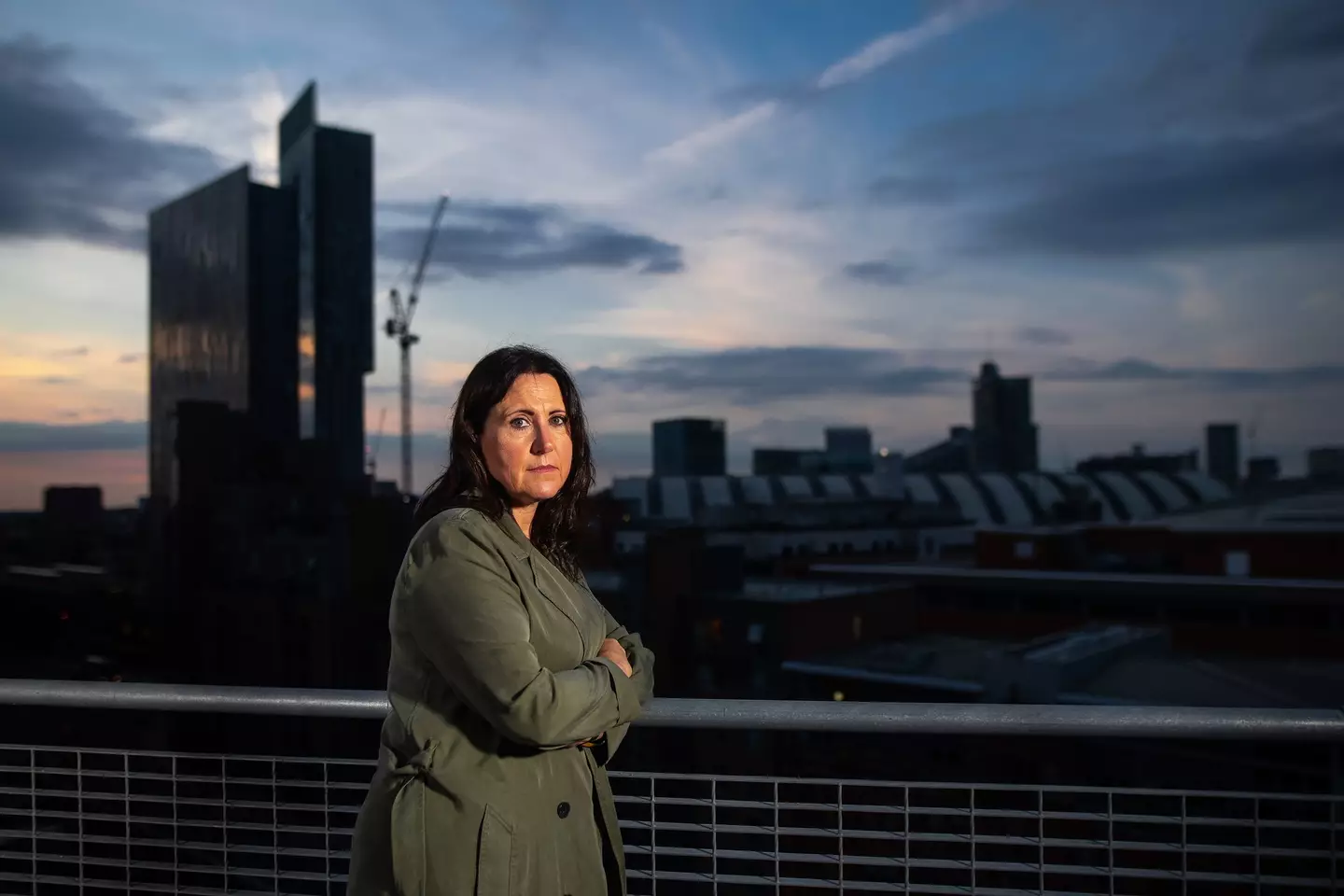
Because of the staggering amount of offences that Sinaga had committed, Sinaga had to be trialled four times.
While Sinaga pleaded not guilty to all charges, Sinaga was convicted of 136 counts of rape, 14 counts of sexual assault, eight counts of attempted rape and one count of assault by penetration in January 2020.
He was sentenced to 88 concurrent life sentences, with a minimum term of 40 years served before he is considered for parole.
His earliest date of eligibility for a parole board hearing is 2060, when he will be 77 years old.
While the earliest case that Sinaga was prosecuted for was New Year’s Day in 2015, police believe he started offending over a decade before then.
Due to the scale of Sinaga’s widescale offending, Greater Manchester Police set up a hotline for people who thought had been assaulted by the serial rapist.
Over 70 of Sinaga’s victims are still yet to be traced.
Anyone who wishes to seek support but does not want to talk to police can contact St Mary’s Sexual Assault Referral Centre on 0161 276 6515.
Survivors Manchester - a charity that works with male victims of rape and sexual assault - can also be contacted on 0161 236 2182.
Catching A Predator is available to watch tonight on BBC Two at 9pm.
Featured Image Credit: FacebookTopics: True Crime, TV And Film, Documentaries